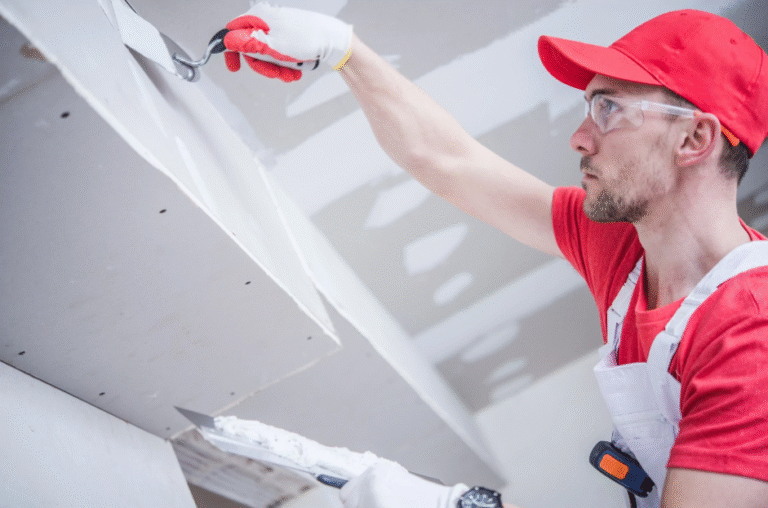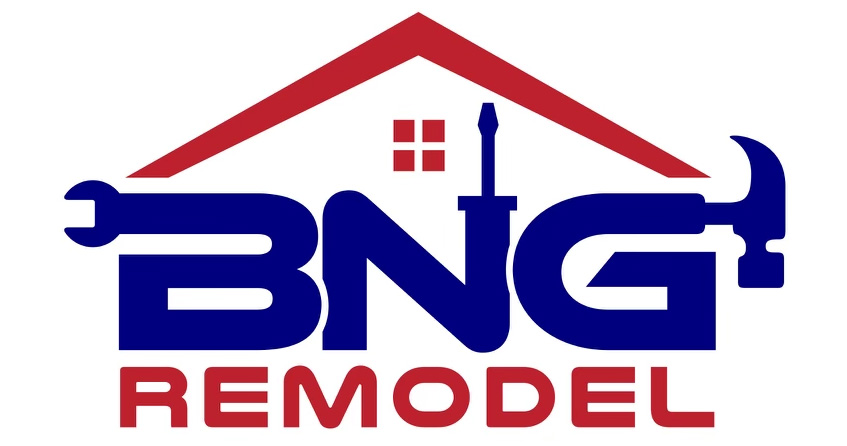Call Us Today For A Free Consultation: 615-525-8464


Achieving a professional-quality drywall finish requires skill and the right approach, whether tackling a DIY project or working with a top remodeling company in Smyrna, TN, to transform your space. The finishing stage of drywall installation is the most crucial, as it determines whether your walls will look flawlessly smooth or reveal amateur mistakes that can detract from your home’s appearance. Proper drywall finishing involves several critical steps—from surface preparation and compound application to careful sanding and final touches—each requiring specific techniques and tools to master. This comprehensive guide walks you through the essential equipment. It provides expert tips to help you achieve that seamless, professional-looking finish that will be the perfect canvas for paint or wallpaper in your newly renovated space.
You will need essential tools to finish drywall properly, including a drywall knife, mud pan, sanding sponge, and joint compound. The drywall knife, available in various sizes, is crucial for cutting and shaping drywall. A mud pan is used to hold joint compound for easy access during the taping and mudding process. The sanding sponge is handy for smoothing rough spots and achieving a seamless finish. Joint compound, also known as mud, is vital for filling gaps, covering screws, and creating a smooth surface. These tools are fundamental for achieving professional-looking results when finishing drywall. Make sure to have them on hand before starting your project.
Begin by thoroughly examining the drywall surface for any imperfections, such as dents, cracks, or protruding screws, that need to be addressed before moving forward with the finishing process. Use a bright light source to help identify any flaws that might impact the final result. Next, confirm the surface is clean and free of dust and debris by wiping it down with a damp cloth or vacuuming it. If there are any loose paper edges or peeling paint, remove them carefully to create a smooth base for the finishing work. Finally, inspect the drywall for any moisture or water damage, as this can compromise the integrity of the finish. By meticulously preparing the drywall surface, you set the stage for a professional and flawless result.
Inspect your drywall surface to confirm it is smooth and free of imperfections before mastering the art of applying joint compound like a pro. To achieve a flawless finish, follow these expert tips:
Achieving a smooth finish on your drywall involves mastering effective sanding techniques. Start by using a sanding block or sponge to feather the edges of the joint compound. Work in a circular motion, applying even pressure to avoid creating ruts or uneven spots. Once the edges are smooth, switch to a fine-grit sandpaper to sand the larger areas gently. Keep the sandpaper flat against the drywall to prevent creating waves or grooves. After sanding, wipe down the surface with a damp cloth to remove dust particles. Inspect the drywall under a bright light to identify any imperfections that need further sanding. Practice these techniques to achieve a flawless finish on your drywall.
Wondering how to add those final touches and apply some finishing tips to your drywall project for a polished look? Here are some expert recommendations to help you achieve a professional finish:
Other Related Tips:

Licensed, Bonded, Insured.